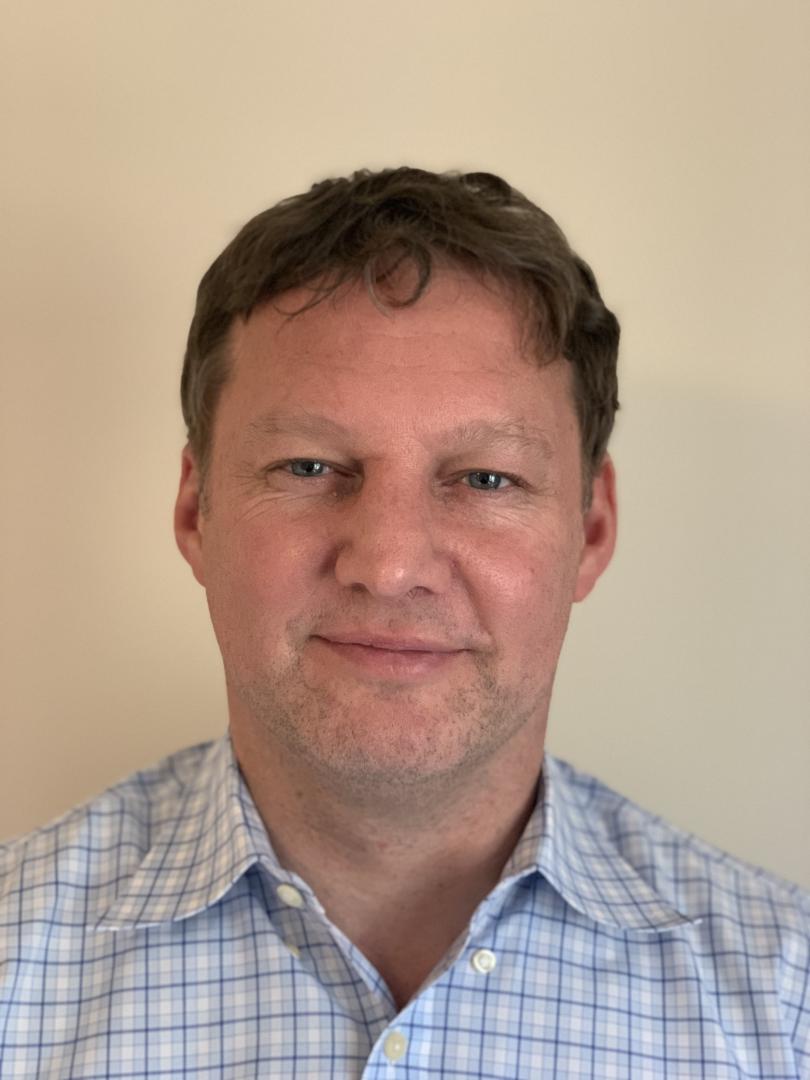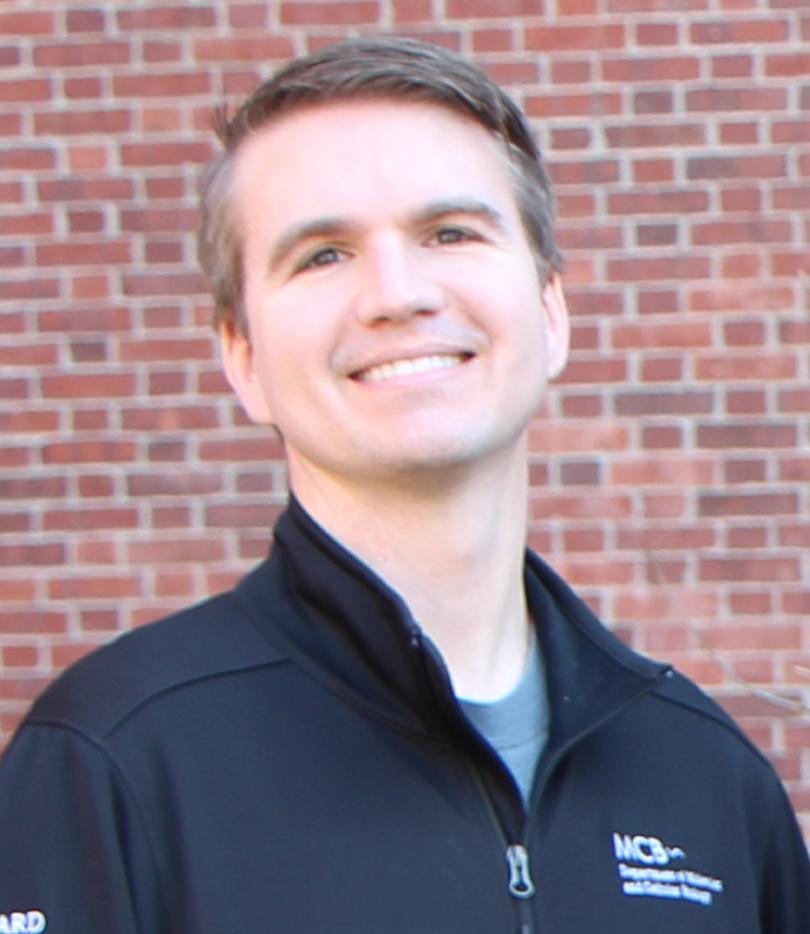"The Function of Histone Modifying Enzymes in Transgenerational Phenotypes, Neurodevelopmental Disorders and Alzheimer's Disease"

Dr. David Katz | Katz Lab
View Katz's biosketch here!
Abstract:
The Katz lab is focused on the heritability of histone modifications and how this heritability contributes to traits and disease. We demonstrated in C. elegans how histone modifications can be trans-generationally maintained and lead to heritable phenotypes, ranging from sterility and longevity to behavior.
These phenotypes demonstrate the histone modifications can serve as heritable information across generations. Based on these data, we have engineered a new mouse model where maternal epigenetic reprograming activity of the H3K4me1/2 demethylase LSD1/KDM1A is compromised.
These maternally compromised mice exhibit inherited phenotypes that manifest postnatally, including perinatal lethality, developmental delay, craniofacial defects and altered behavior. These phenotypes include all of those found in the corresponding Kabuki-syndrome-like human patients, raising the possibility that maternal defects may contribute to phenotypes in LSD1 patients and Kabuki syndrome.
Finally, we made the surprising discovery that loss of LSD1 in adult mice leads to neurodegeneration. Following up on this result, we generated significant data suggesting that LSD1 functions specifically in the pathological tau pathway. Pathological tau is thought to be a critical driver of neurodegeneration in Alzheimer’s disease. Based on our data, we propose that pathological tau contributes to neuronal cell death in Alzheimer’s disease by sequestering LSD1 in the cytoplasm and interfering with the continuous requirement for LSD1 to epigenetically repress transcription associated with alternative cell fates. Thus, it may be possible to target LSD1 therapeutically to block tau-mediated neurodegeneration.

